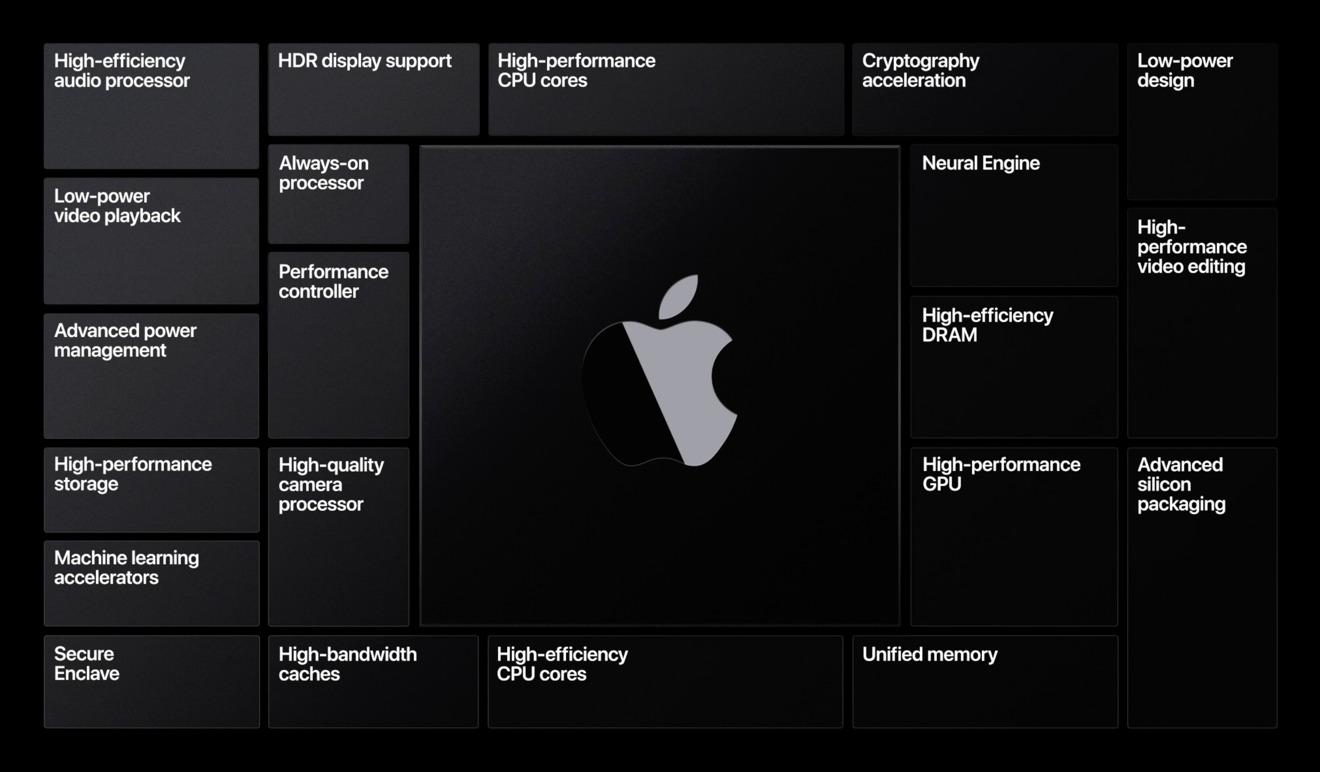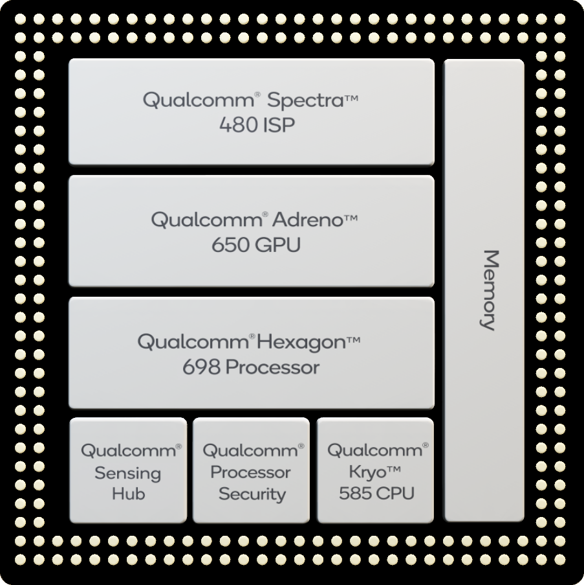KITA
About
- Username
- KITA
- Joined
- Visits
- 127
- Last Active
- Roles
- member
- Points
- 1,479
- Badges
- 0
- Posts
- 410
Reactions
-
New MacBook Pro chips deliver desktop performance with better power efficiency
macOS has essentially no market share or ecosystem in this area compared to Windows.Beats said:Windows is still better for gaming? Why can’t Apple tackle gaming??
Windows devices are still better in the vast majority of workflows and applications, most of that is due to the fact that the applications needed for these workflows just don't exist on macOS.
If you're going to buy one of these new MacBook Pro laptops, you're probably doing it for something like Final Cut Pro or similar. Even Premiere Pro might still be faster on a Windows laptop.
These are very specific workflows that Apple is targeting, but they're doing an exceptional job at it.
I think Dave Lee put it well, the new MacBook Pros are professional tools and they're expensive. Similar to the Mac Pro, unless you have a very specific workflow, you don't need it.

-
Logitech updates Designed for Mac range with new keyboard and mice
I really enjoy my MX Master 3S and MX Keys Mini - great tactile feel and they're both relatively quiet when in use.
That being said, unlike the keyboard, the MX Master 3S having the "Easy-Switch" button on the bottom of the mouse isn't always the best for your workflow when quickly switching between multiple devices (in cases where you either don't want to, or can't, use Logitech's Flow software). There might be ways to re-map this, but that doesn't appear to be the case, at least not out of the box.
-
Apple unveils plans to ditch Intel chips in Macs for 'Apple Silicon'
That's not definite. The market has only recently made it possible for other ARM solutions to compete with x86. Qualcomm would still have had to compete with Intel and AMD.tmay said:
My point is that Qualcomm is going to remain behind Apple in SOC performance, both in mobile and in notebook/desktop. The fact that Qualcomm has an architectural license yet has waited for Cortex X is telling, all the while Apple is innovating in the SOC space with the ARM ISA license. Apple's advantage is that it can provide synergy between its OS, development system and SOC designs, and other hardware.KITA said:
Qualcomm is just one company that Microsoft has worked with. A big part of the reason why Qualcomm's SoCs aren't competing with Apple is due to their use of medium sized CPU cores and a reliance on ARM's outdated small cores. The Cortex X program solves that for them. They finally have a big core on ARM's roadmap they can use. Qualcomm has been pushing towards the laptop space for a few years now - this was a big piece of the puzzle missing for them.tmay said:
I'm not sure what your point is, but Qualcomm SOC's aren't known to be as performant as Apple's, and more to the point, Qualcomm's SOC for Windows 10 ARM was not up to the hype. Qualcomm SOC's don't suck for smartphone use, but I don't see Qualcomm as going all in to a desktop class processor as Apple is doing either.KITA said:
Of course it's more than that. You've just posted their image of what makes up their SoC. These components already exist, not only as ARM reference designs, but as components that have been worked on for years by various manufacturers.anonymouse said:
Apple's A series processors aren't just about energy efficiency and flops. In large part it's about integrating all these other things,KITA said:
Microsoft can participate in ARM's Cortex X program, or work with a company that is...canukstorm said:
Apple doesn't have close to the silicon team that Apple has to pull this off. What we saw yesterday was how central Apple's silicon team is to Apple's competitive advantage. MS would have to buy a major silicon company to pull this off. Who knows, maybe they'll buy AMD (*sarcasm*).Rayz2016 said:At the moment, this is little more than a loss of prestige for Intel.
The problem will come if Microsoft decides to put some effort into its own ARM strategy.
into the processor and being able to customize it precisely to meet your needs. The graphic above represents years of R&D, customizing everything for exactly what Apple wants it to do. You can't have this overnight.
Here's a block diagram from Qualcomm's Snapdragon 865 for example:
Even Microsoft has done custom silicon work alongside Qualcomm to fit their needs. In the HoloLens 2, Microsoft created a custom multiprocessor the HPU (Holographic Processing Unit) to accompany the Snapdragon 850. In the Surface Pro X, they branded the Microsoft SQ1 - going even further to take a Snapdragon 8cx and build onto it with a higher CPU clock, faster GPU (2.1 TFLOPS) and custom AI engine (9 TOPS).
Cortex X program allows partners to create custom products working with ARM to fit there needs. These are not on the ARM roadmap and have no set release timeline.
Synergy works in some cases, but doesn't guarantee superiority in an open market - especially one where the major productivity ecosystem lives with Windows and on x86-64.